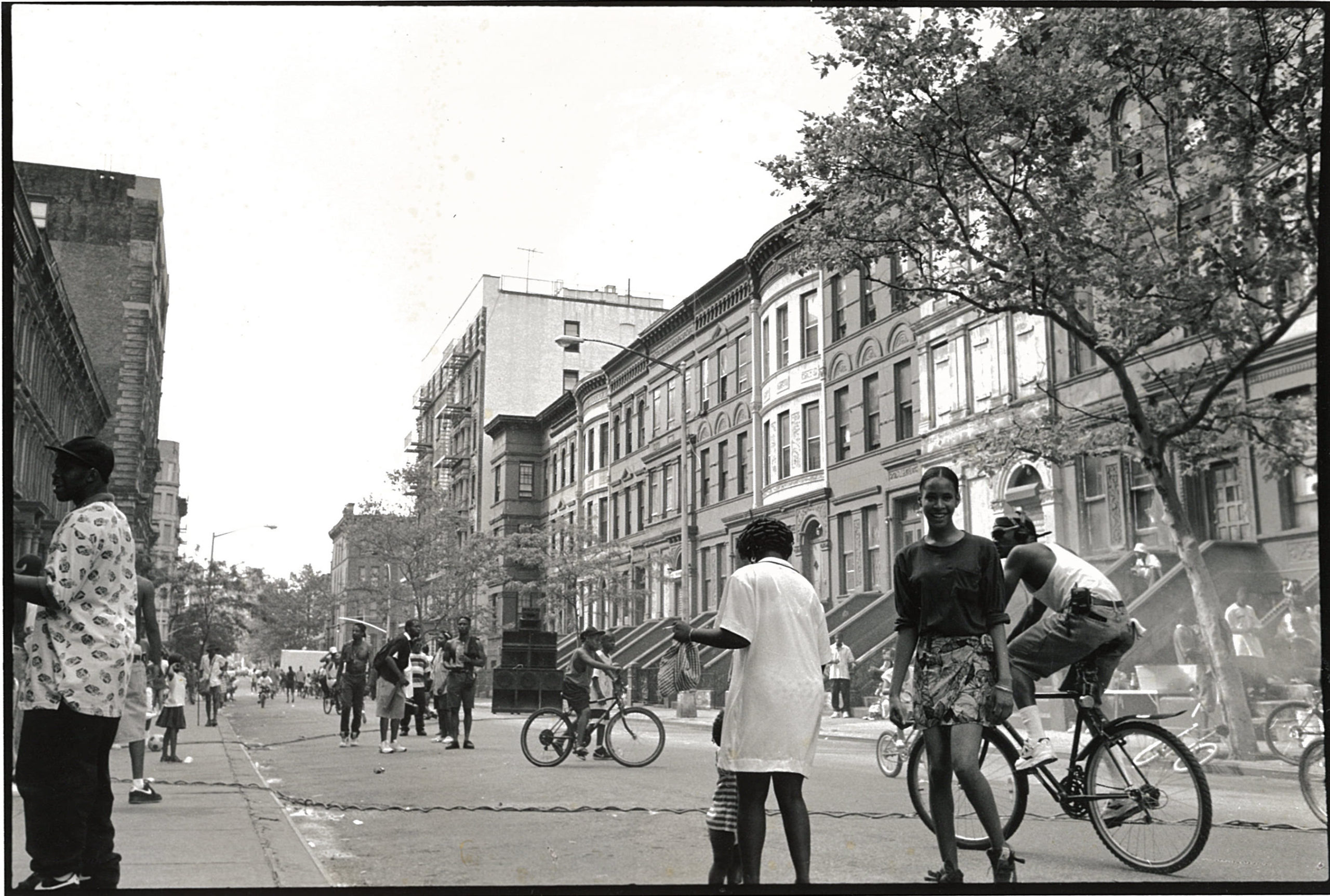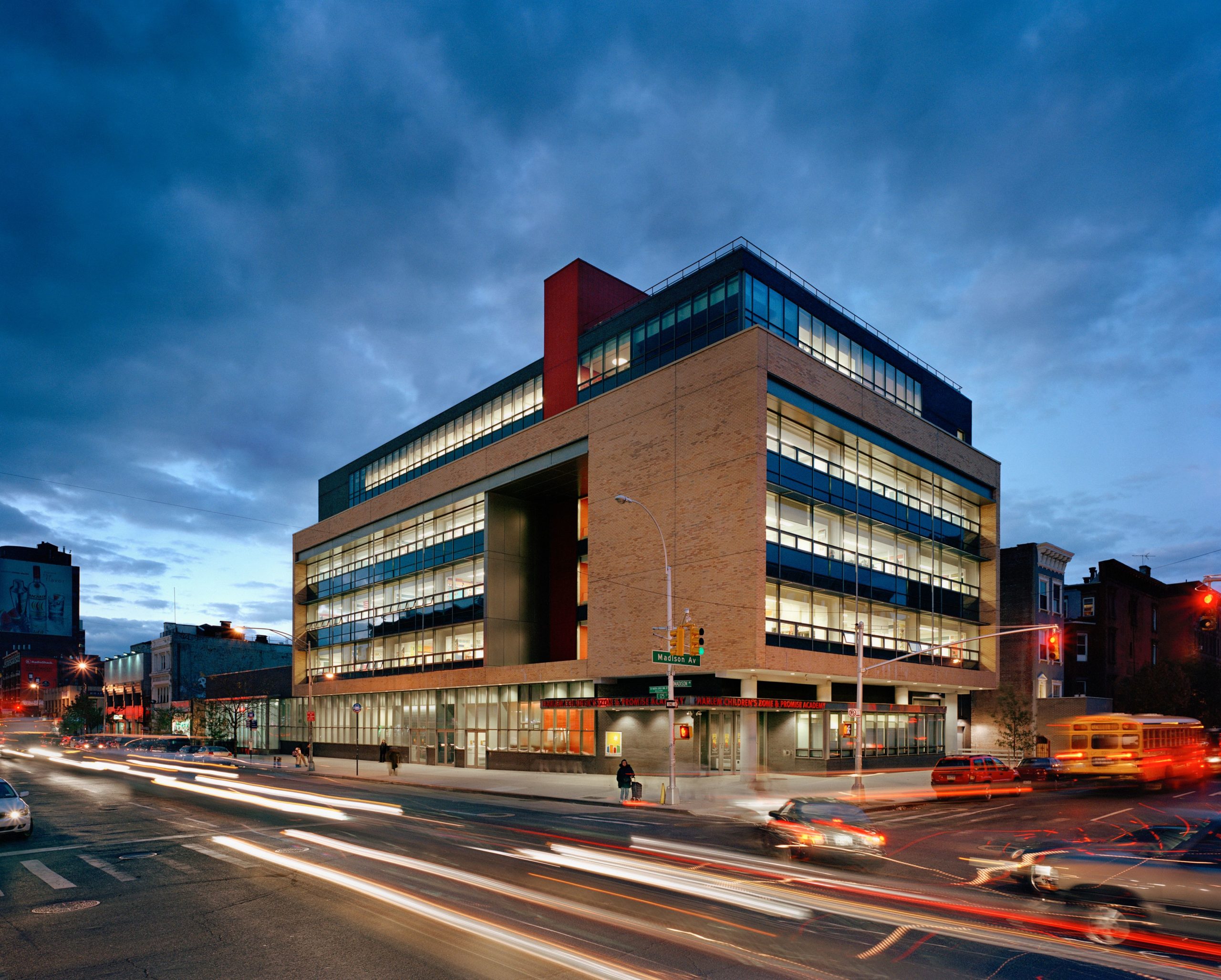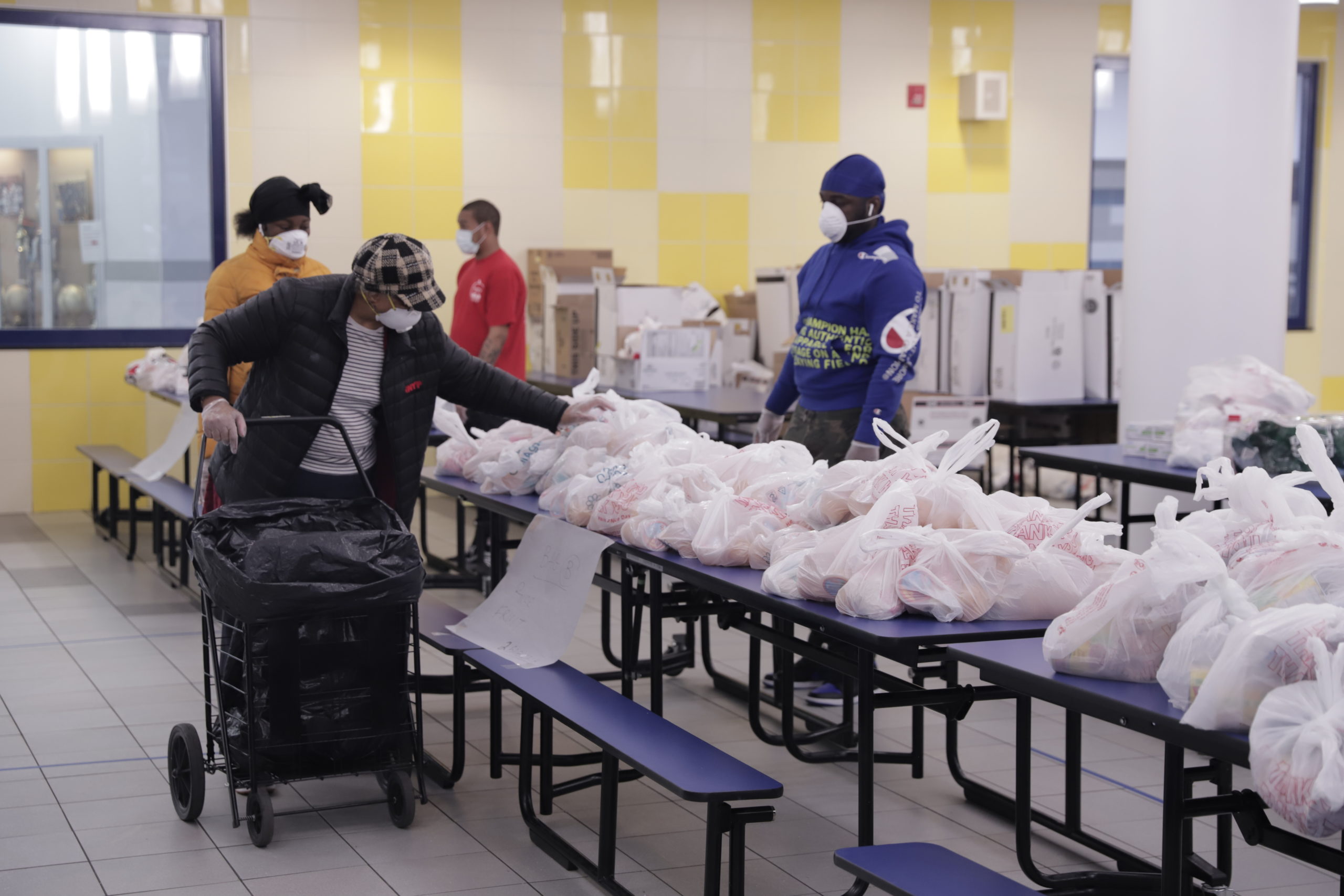The Harlem Children’s Zone project began as a one-block pilot. Today, it is a world-renowned organization serving tens of thousands of children and families across 100-plus blocks in Central Harlem. It is a model for communities like Harlem across the country to achieve life-changing social and economic mobility.
Keep scrolling to discover the history of Harlem Children’s Zone.

Rheedlen Centers for Children and Families hosted a block party on 119th Street, part of the organization's early community-building efforts, in the early 1990s.
Early History — 1970 to Mid-1990s
The history of Harlem Children’s Zone began in 1970. That year, Rheedlen Centers for Children and Families opened its doors as New York City’s first truancy prevention program.
In 1991, Rheedlen Centers opened its first beacon center at PS 194 Countee Cullen, a space offering high-quality programming and a safe destination for local children and families to come together.
In 1990, Geoffrey Canada became the CEO of Rheedlen Centers, overseeing a one-block pilot that provided comprehensive, critical support to children and families residing within that area. Seven years later, planning for the Harlem Children’s Zone project began in earnest.

The building now known as Geoffrey Canada Community Center, home of Promise Academy II, opened at 35 East 125th Street in 2004.
Middle History – 2000 to 2010
Building on the success of the early initiative, HCZ launched a 10-year strategic plan in 2002. From one block, HCZ committed to steadily and systematically expanding its programs and services from 24 blocks to 60 blocks and ultimately to 97 blocks.
In 2004 and 2005, HCZ marked a major milestone with the opening of HCZ Promise Academy, its top-performing K-12 charter schools.
In 2010, HCZ officially completed its expansion to 97 blocks, fulfilling the goal laid out in its 10-year strategic plan.

During the COVID-19 pandemic, HCZ provided emergency food to residents of Central Harlem.
Later History – 2010 to Present
More than 20 years after HCZ launched its strategic plan, the organization is fulfilling Geoffrey Canada’s vision in Central Harlem — and across the country.
Having once served several hundred families in one New York City block, HCZ now serves tens of thousands of children and adults — and counting — across 100-plus blocks. In 2012, we proudly graduated our first HCZ Promise Academy class.
In 2019, HCZ launched William Julius Wilson Institute to scale the organization’s impact. When the COVID-19 pandemic hit, HCZ partnered with six cities across the country and three national organizations to implement our National COVID Relief and Recovery Effort. Together with its partners, HCZ impacted the lives of over 250,000 people.
Looking back on the last 50 years of HCZ’s history, we are proud of our evolution and look forward to creating a bright future for scholars and families across Central Harlem — and beyond — for generations to come.

